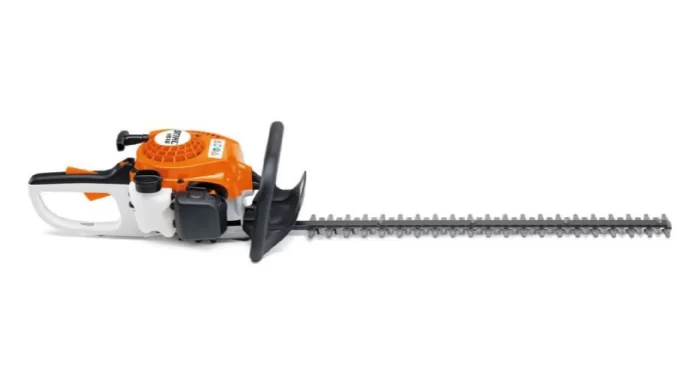Brush cutter maintenance.
Brief reminder: the brush cutter and the edger are essential tools for maintaining gardens, outdoor grounds, lawns, and borders. In other words, these gardening tools make it possible to enhance the appearance of private and public green spaces with the aim of making them more attractive. A brush cutter equipped with horizontal blades (metal grass cutters) is used to cut bushes and copses. While a brush cutter fitted with a fishing line or a PolyCut mowing head cuts brush and tall grass. As for edgers, they are generally used to cut the edges of lawns. These can also be used for clearing.
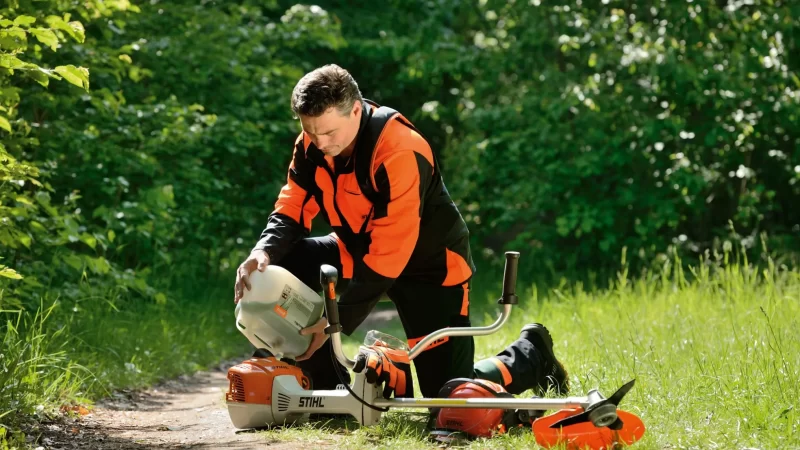
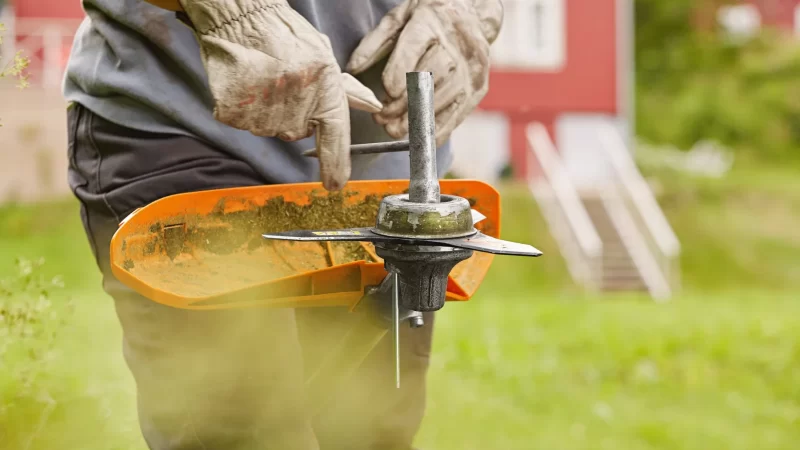
Table of Contents :
Brush cutter maintenance. Why is it so important to do it the right way?
To further extend the lifespan and effectively guarantee the reliability of your gardening tool (brush cutter or edger), it is essential to know how to properly maintain it.
Before wondering how to clean a brush cutter or edger, you must refer to its user manual to understand its features and safety instructions.
Don’t worry, stay with us until the end of this article. We are not going to stop at a simple recommendation based on the user manual.
So, here are my tips and recommendations in a nutshell to help you keep your brush cutter or edger in excellent working order.
What is the maintenance of brush cutter?
Routine checks
- Check the integrity of the cutting tool guard and the correctness of its attachment.
- Evaluate the satisfactory condition of the cutting head (if it does not have cracks) and if it is rotating at the correct rotational speed.
- Check that the cutting tool is completely centered and free from distortion, because an improperly adjusted cutting edge can cause abnormal vibrations which will considerably damage the machine.
- Examine that the nuts and bolts show no signs of fatigue and that they are firmly tightened, as well as the tightness of some lock nuts.
- Check the starter cable and starter, as well as the return spring.
- Inspect and grease the bevel head.
- If you use a petrol brush cutter, check your tool’s oil and fuel levels regularly. As for power tools, constantly check the power cable and connectors.
- Inspect the harness attachment.
- And finally, make sure the throttle lock and the throttle itself are reliable, not to mention that the kill switch works properly.
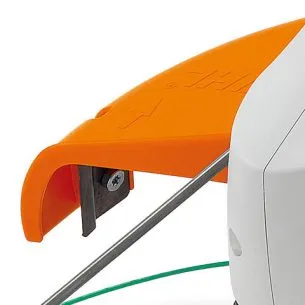
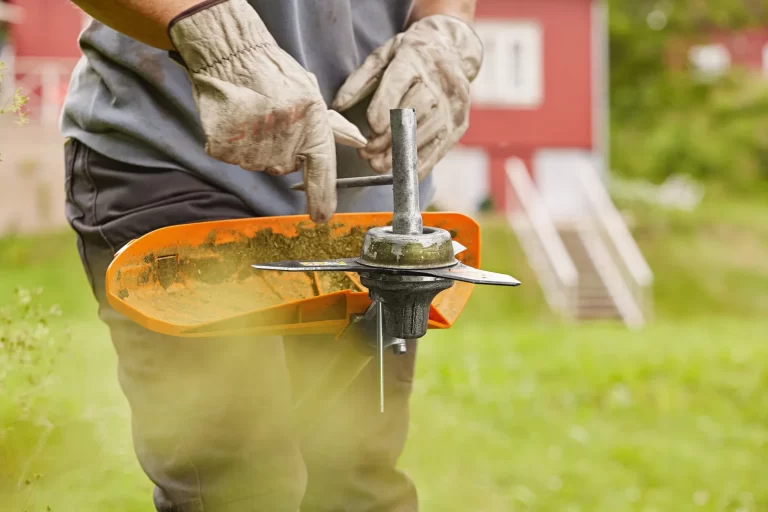
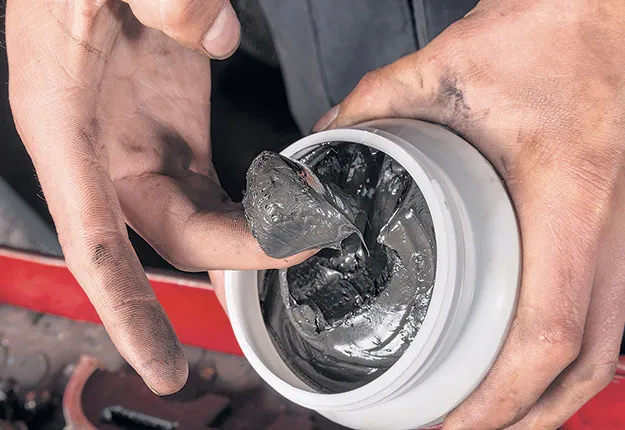
Unusual checks
Some unusual checks include:
- Checking the spark plug. If you own a motorcycle or any other machine with an engine that runs on a spark plug, you have certainly noticed that at some point the engine takes longer to start than to start. The usual. Indeed, it may be due to a problem with the carburetor or the spark plug. When the spark plug is dirty (dirt generally caused by poor quality fuel or a heavy presence of oil in the cylinder). Thus, the spark plug has difficulty in starting combustion. The spark emitted by the spark plug becomes insufficient to ignite the air-fuel mixture. Therefore, very often the spark plug must be removed, inspected and cleaned with sandpaper or a brass brush if necessary.
- Checking and cleaning the flywheel and cylinder cooling fins.

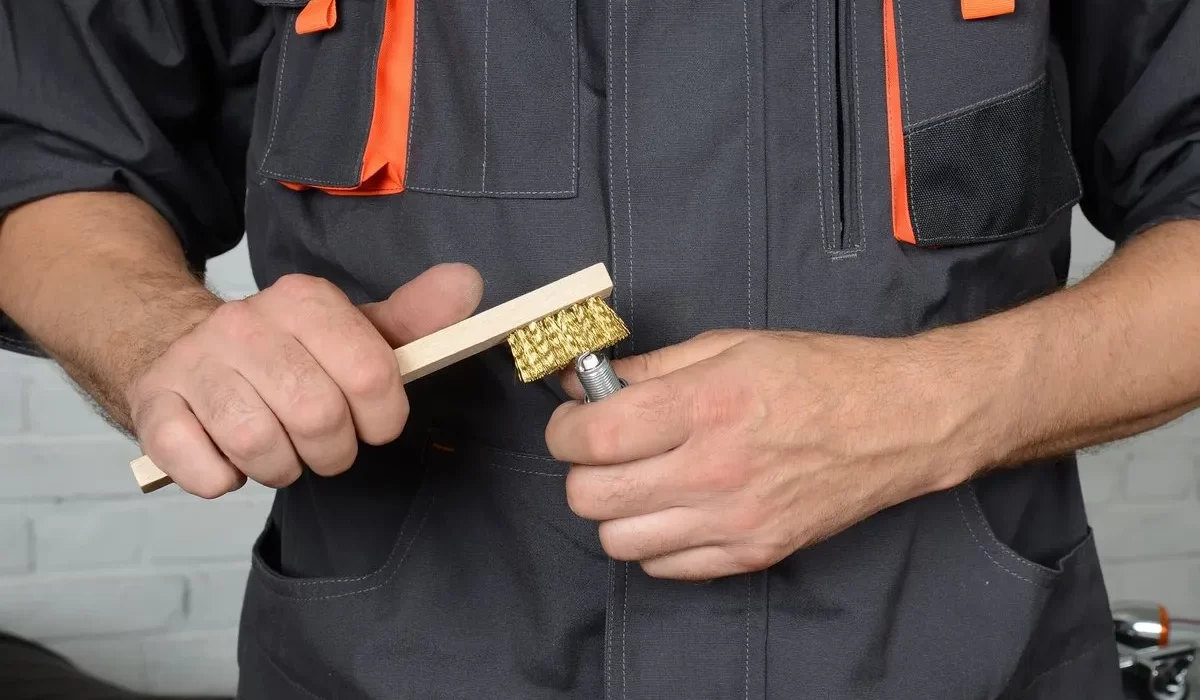
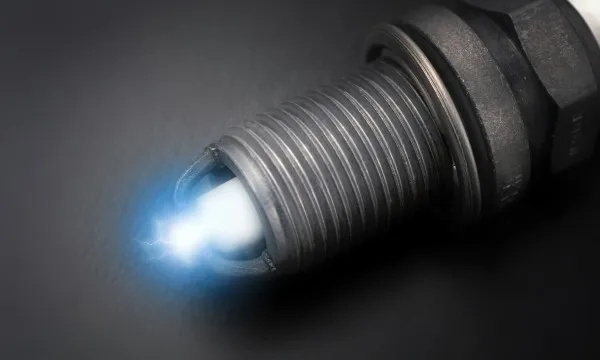
Monthly maintenance
- Clean the air filter and carburetor.
- Clean the fuel tank and its filter.
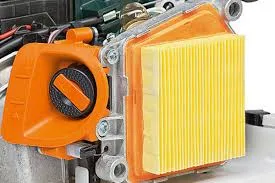
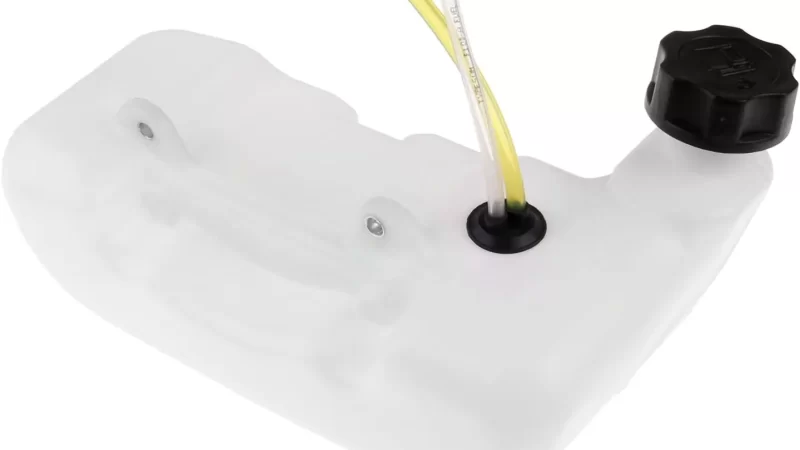
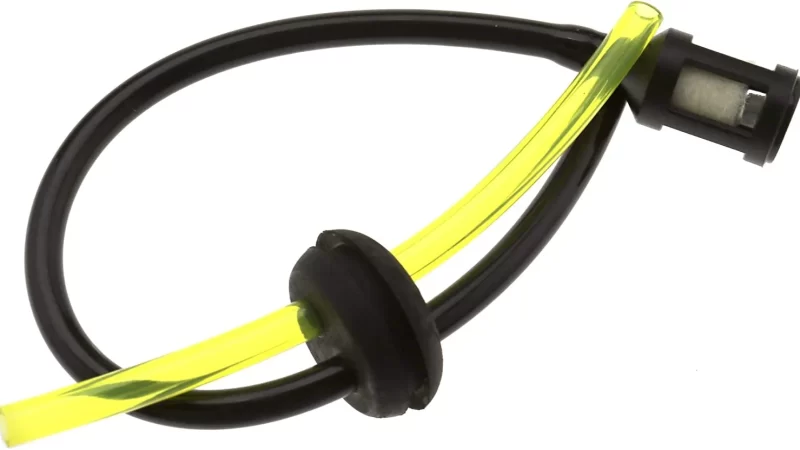
Recommendations
If you follow this maintenance guide carefully, you can extend the life of your garden tool and ensure that it performs optimally. Thus, you can save on the cost of repairs and some spare parts.
- After each use, clean your tool to prevent corrosion and deterioration. To do this, first remove any grass or vegetation stuck to the blade and the Carter. Afterwards, use a clean cloth to clean your tool of any dirt and grease.
- Use good quality oil and fuel (see your tool manufacturer’s recommendations).
- Regularly assess the condition of your brush cutter/edge trimmer’s cutting attachment, especially if you are using it to clear rocky terrain or wet areas.
- Continually check and service the air filter and oil filter to ensure proper air flow and proper lubrication.
- Examine the blades of your tools often to make sure they are not dull, worn or damaged. If they are dull, see how to resharpen a metal grass knife. If the knives are worn, they must be replaced and if they are damaged, they must be repaired or, in the worst case, replaced.
- Continually check bolts, nuts, and screws to make sure they are still properly tightened and not damaged.
- Use your garden tools at the power recommended by the manufacturer to avoid overheating or damaging the motor.
- Make sure that your brush cutters and trimmers are always used in a stable position to avoid excessive vibrations, which can damage your device.
Indeed, it is essential to properly store your gardening tools in a safe place after each use.
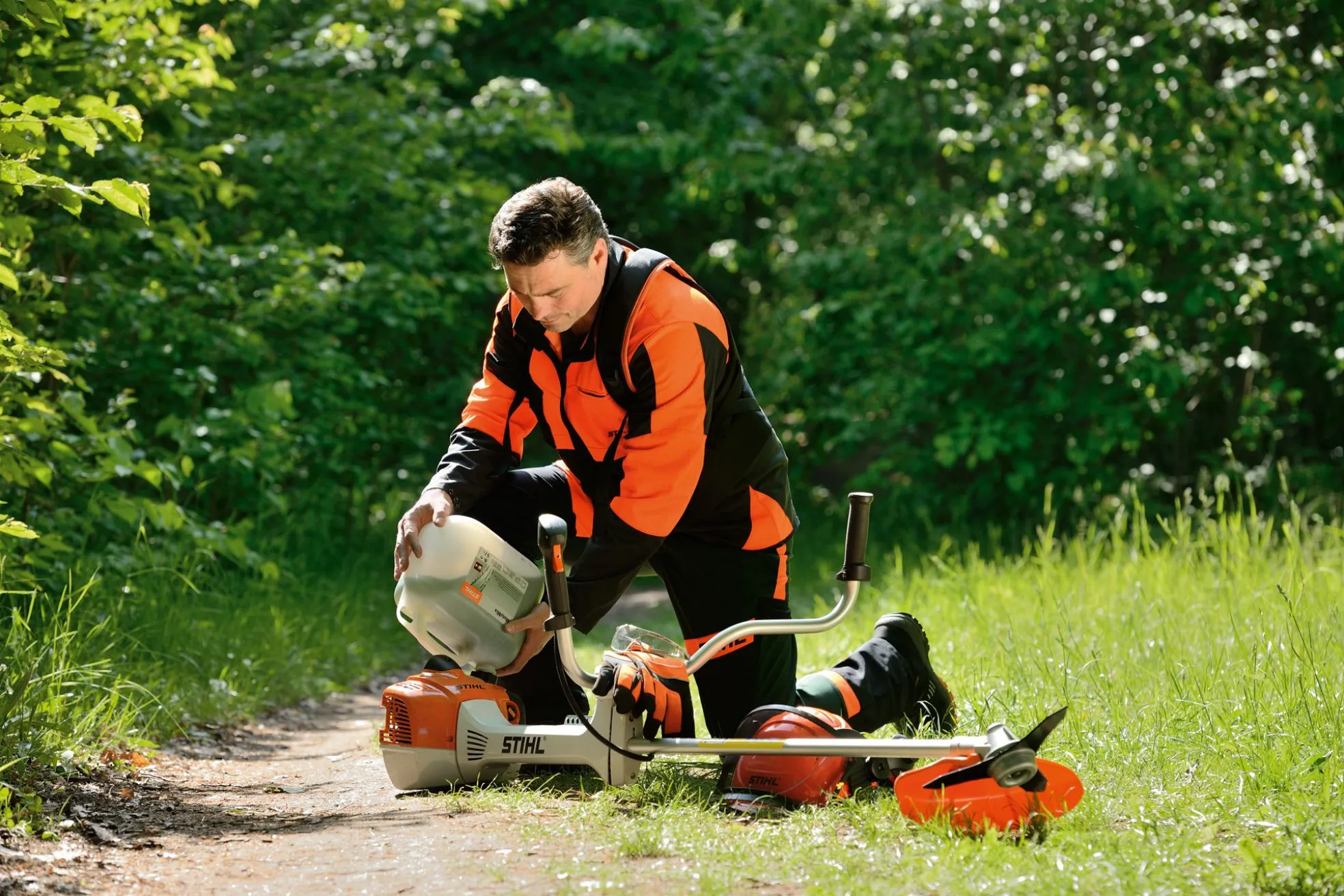

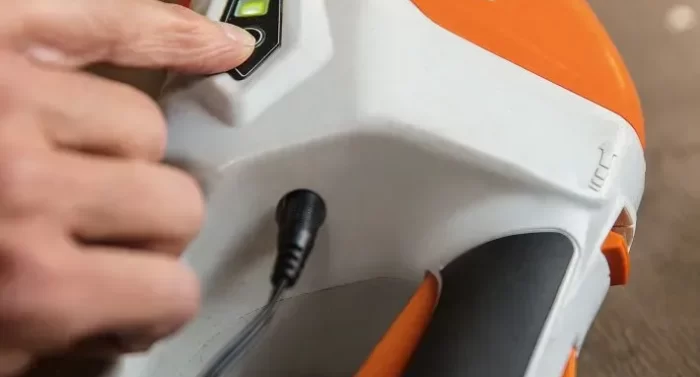
![STIHL electric trimmer at the best price [FSE 52…]](https://la-debroussailleuse.com/wp-content/uploads/2022/09/Stihl-electric-trimmer-700x377.webp)
